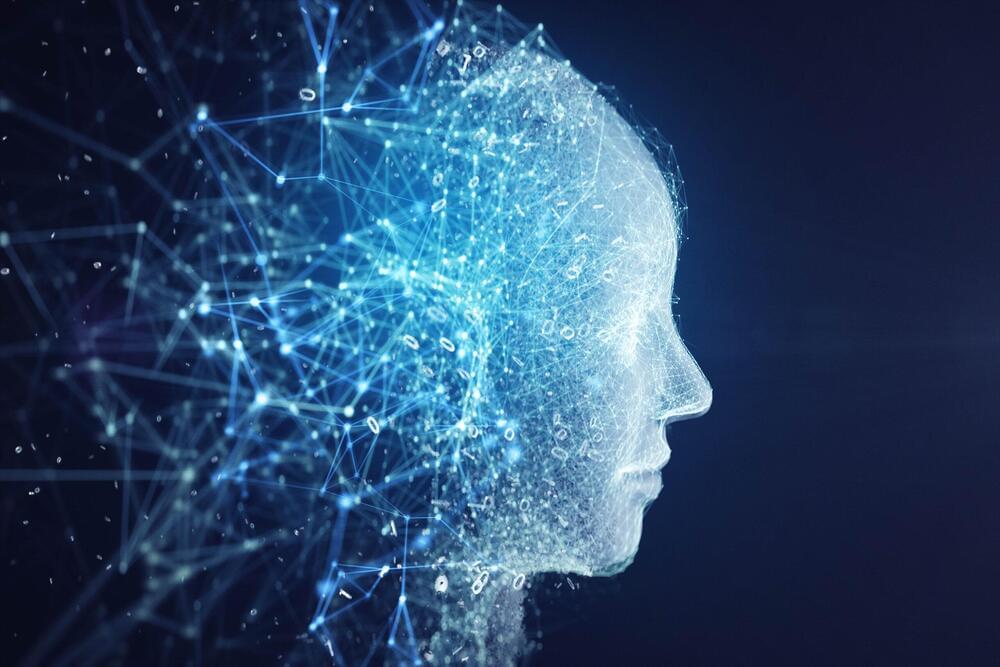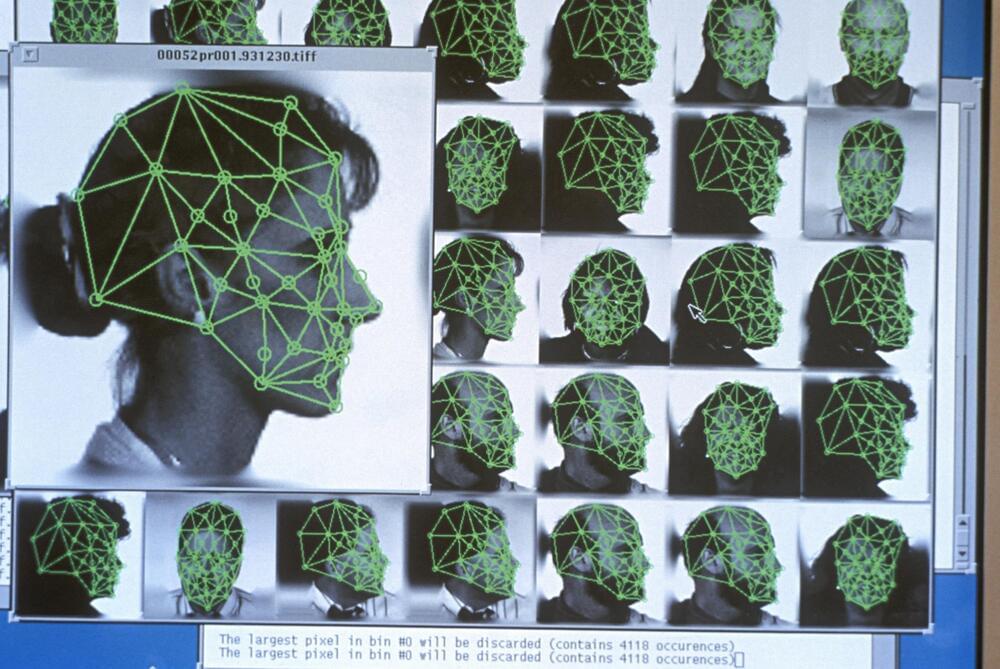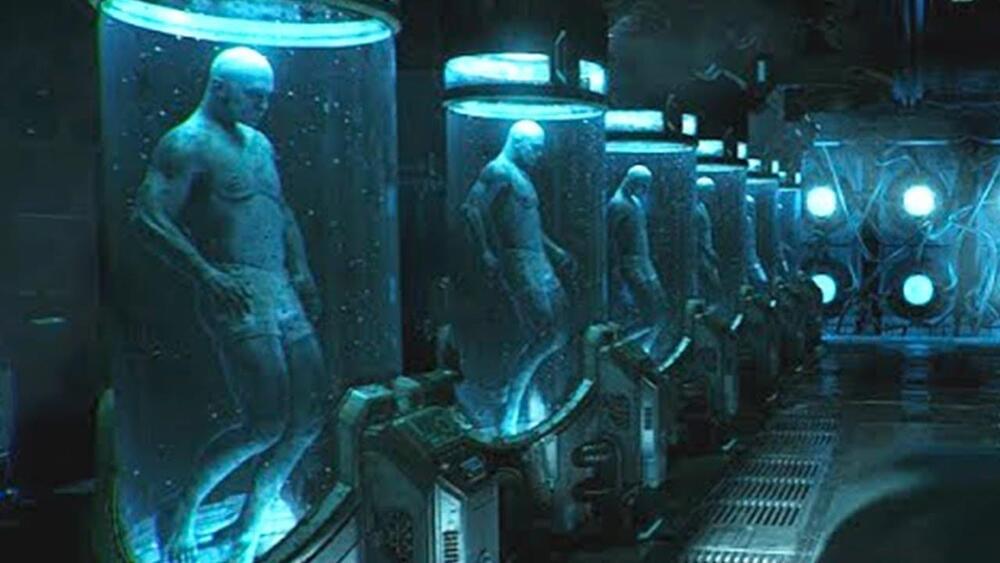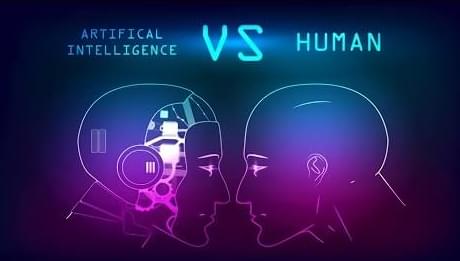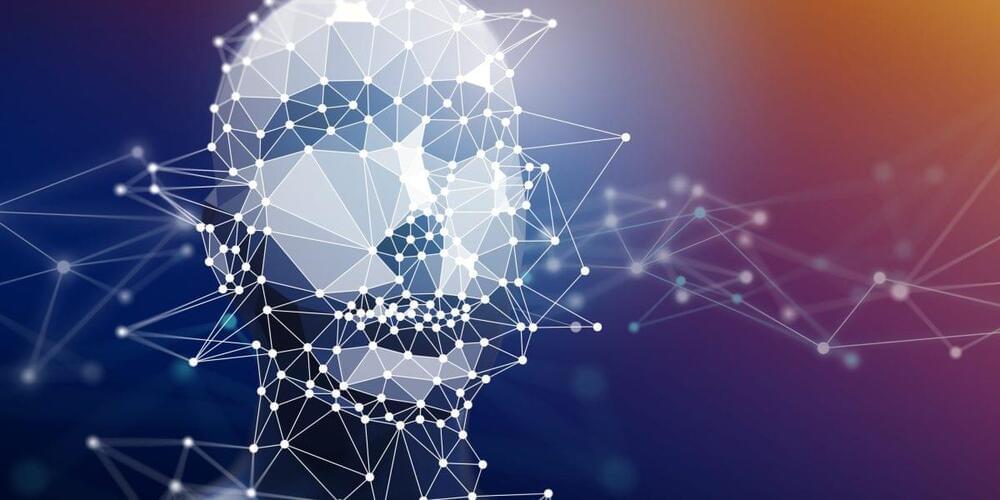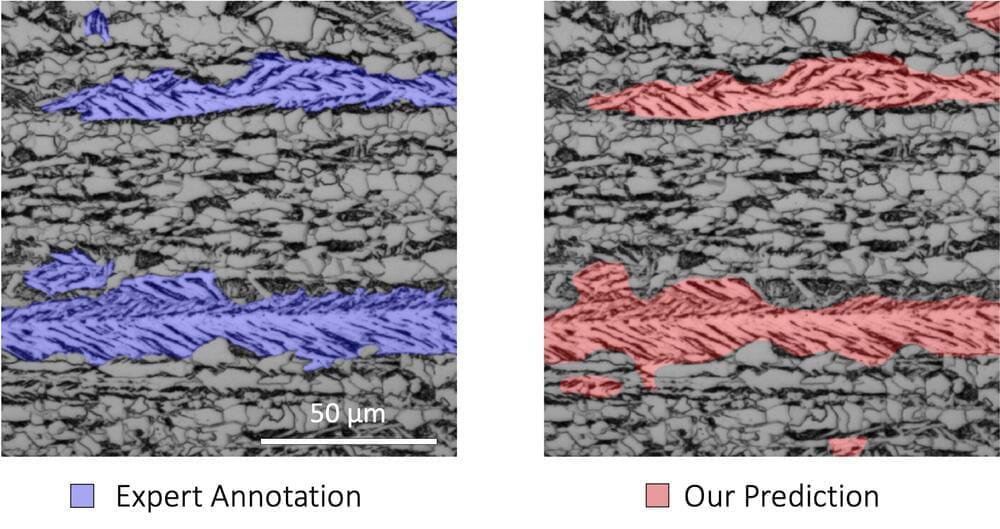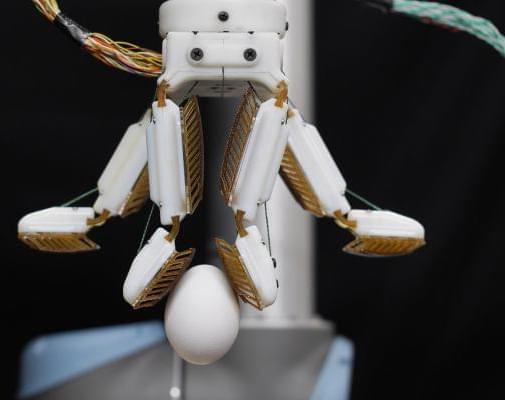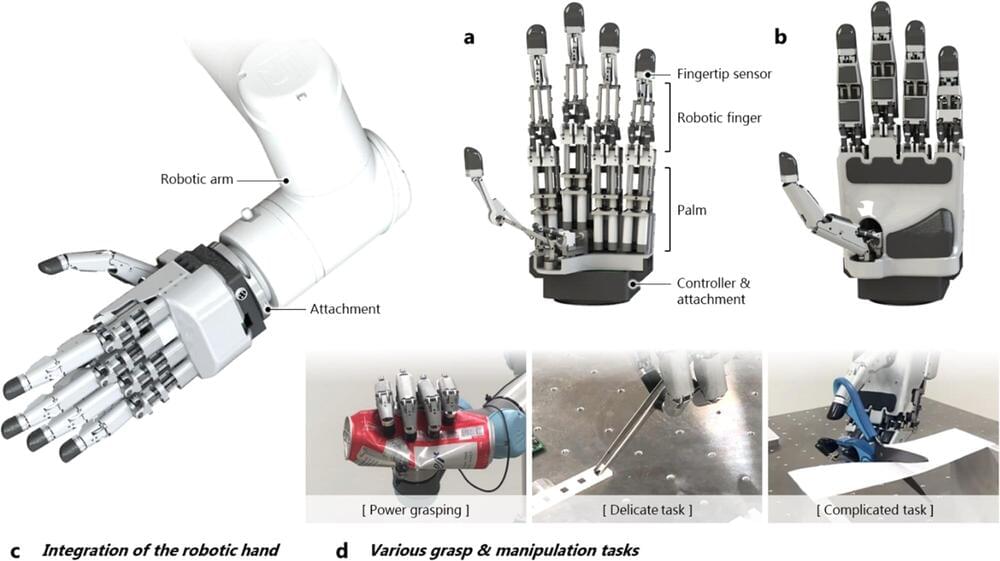Referring to Tesla’s Autopilot and Full Self Driving features.
Elon Musk has claimed that no other CEO cares as much about safety as he does in an interview with Financial Times.
In the year that has seen his private wealth balloon like never before, Musk has also been showered with titles, beginning with the richest person in the world and more recently, the person of the year by Time Magazine. The Time accolade is probably one of the many titles Musk will receive as he embarks on his mission to send humanity to Moon with his space company, SpaceX.
Before we get there though, there are some issues with his other company Tesla that needs addressing. The company’s short history is peppered with incidents that have risked human lives as it pushes the boundaries of autonomous driving. The company offers features called Autopilot and Full Self-Driving (FSD) which are still in beta stages and have been involved in accidents. In August, this year, the U.S. Department of Transportation’s National Highway Traffic Safety Administration (NHTSA) launched an investigation into the Autopilot feature that involves 750,000 Tesla vehicles.
Speaking to FT, Musk said that he hasn’t misled Tesla buyers about Autopilot or FSD. “Read what it says when you order a Tesla. Read what it says when you turn it on. It’s very, very clear,” said Musk during the interview. He also cited the high ratings Tesla cars have achieved on safety and also used SpaceX’s association with NASA to send humans into space to highlight his focus on safety. He also went a step further to say that he doesn’t see any other CEO on the planet care as much about safety as he does.
Although Musk is spot on about the high safety ratings of the cars and even NASA’s faith in SpaceX to ferry its astronauts, the Tesla website does not give the impression that the Autopilot or FSD is in beta and cannot be completely relied upon. Rather a promotional video even goes on to claim that the person in the driver’s seat is only for legal reasons and does not even have his hands on the steering wheel at all times, a requirement for enabling Autopilot. according to Tesla’s own terms.
Full Story:
